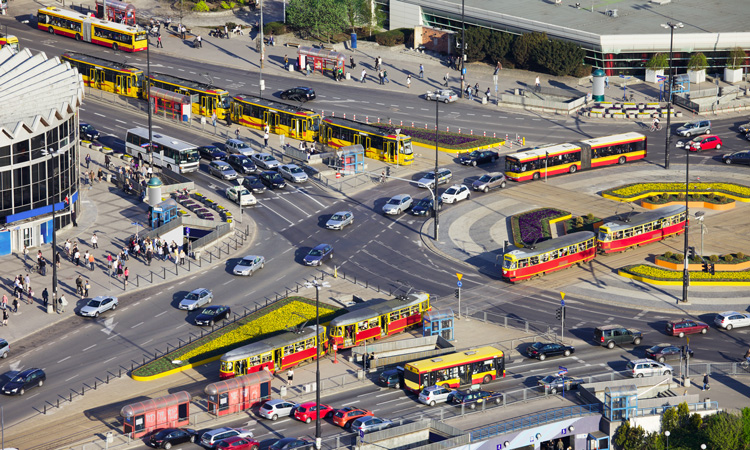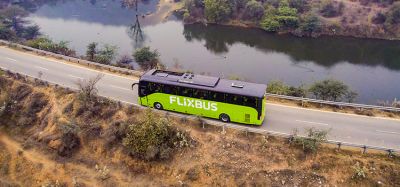WEF report guides collaboration between cities and mobility partners
- Like
- Digg
- Del
- Tumblr
- VKontakte
- Buffer
- Love This
- Odnoklassniki
- Meneame
- Blogger
- Amazon
- Yahoo Mail
- Gmail
- AOL
- Newsvine
- HackerNews
- Evernote
- MySpace
- Mail.ru
- Viadeo
- Line
- Comments
- Yummly
- SMS
- Viber
- Telegram
- Subscribe
- Skype
- Facebook Messenger
- Kakao
- LiveJournal
- Yammer
- Edgar
- Fintel
- Mix
- Instapaper
- Copy Link
Posted: 18 March 2020 | Sam Mehmet (Intelligent Transport)
The report from the World Economic Forum (WEF) provides eight guidelines – from data-sharing to multimodal integration – that aim to establish, develop and strengthen partnerships between cities and mobility partners.


The World Economic Forum (WEF) has published a new report – Guidelines for City Mobility: Steering towards collaboration – which contains evidence-based planning and design guidelines that aim to help cities and mobility partners create a sustainable, ethical and inclusive urban transport system.
“The guidelines provide a great opportunity for cities and mobility partners to improve transportation networks and propel the journey to seamless, electric and autonomous mobility systems,” said Christoph Wolff, Head of Shaping the Future of Mobility, World Economic Forum LLC, USA. “It is encouraging that cities and mobility partners are working more closely together to create equitable and viable mobility systems keeping users at the forefront.”
The eight guidelines focus on:
- Data sharing
- Public space usage
- Safety
- Inclusion and equity
- Fair work
- Shared mobility and pooling
- Clean transition
- Multi-modal integration.
“Governments around the world are being confronted with new players who challenge the status quo, often by introducing new technologies. Such developments create new opportunities and possibilities, but for municipalities, it also means drafting new rules to cover the ways in which those players can operate within their borders,” added Sharon Dijksma, Deputy Mayor for Traffic and Transport, Water, and Air Quality of Amsterdam, Netherlands.
Shin-pei Tsay, Director, Policy for Cities and Transportation, Uber, USA, commented on the document: “These guidelines offer a great roadmap for how cities and Uber can work together to help reduce private car ownership and improve mobility for all. We believe we all have a shared responsibility to make our platforms safe, equitable and complementary to the public vision for cities we operate in. We look forward to continuing to work with the World Economic Forum and cities to bring these guidelines to fruition in the years ahead.”
“The smooth flow of people and freight underpin a vibrant city. Singapore’s government takes a collaborative approach, demonstrated through our tripartite relationship between the government, business and unions. One example is the close partnership we adopted with the various stakeholders, including public transport operators, suppliers, educators, fellow government agencies, and unions in developing the land transport industry transformation map for 2040,” shared Wee Shann Lam, Chief Innovation and Transport Technology Officer, Land Transport Authority of Singapore. “We are honoured to share our experience in the drafting of these guidelines. We hope the Guidelines for City Mobility: Steering towards collaboration will be useful for cities looking to build an urban mobility ecosystem centred on its people, anchored by values of safety, sustainability and inclusivity.”
Related topics
Business Models, Fleet Management & Maintenance, Infrastructure & Urban Planning, Mobility Services
Related organisations
World Economic Forum (WEF)
Related people
Christoph Wolff, Sharon Dijksma, Shin-pei Tsay, Wee Shann Lam








